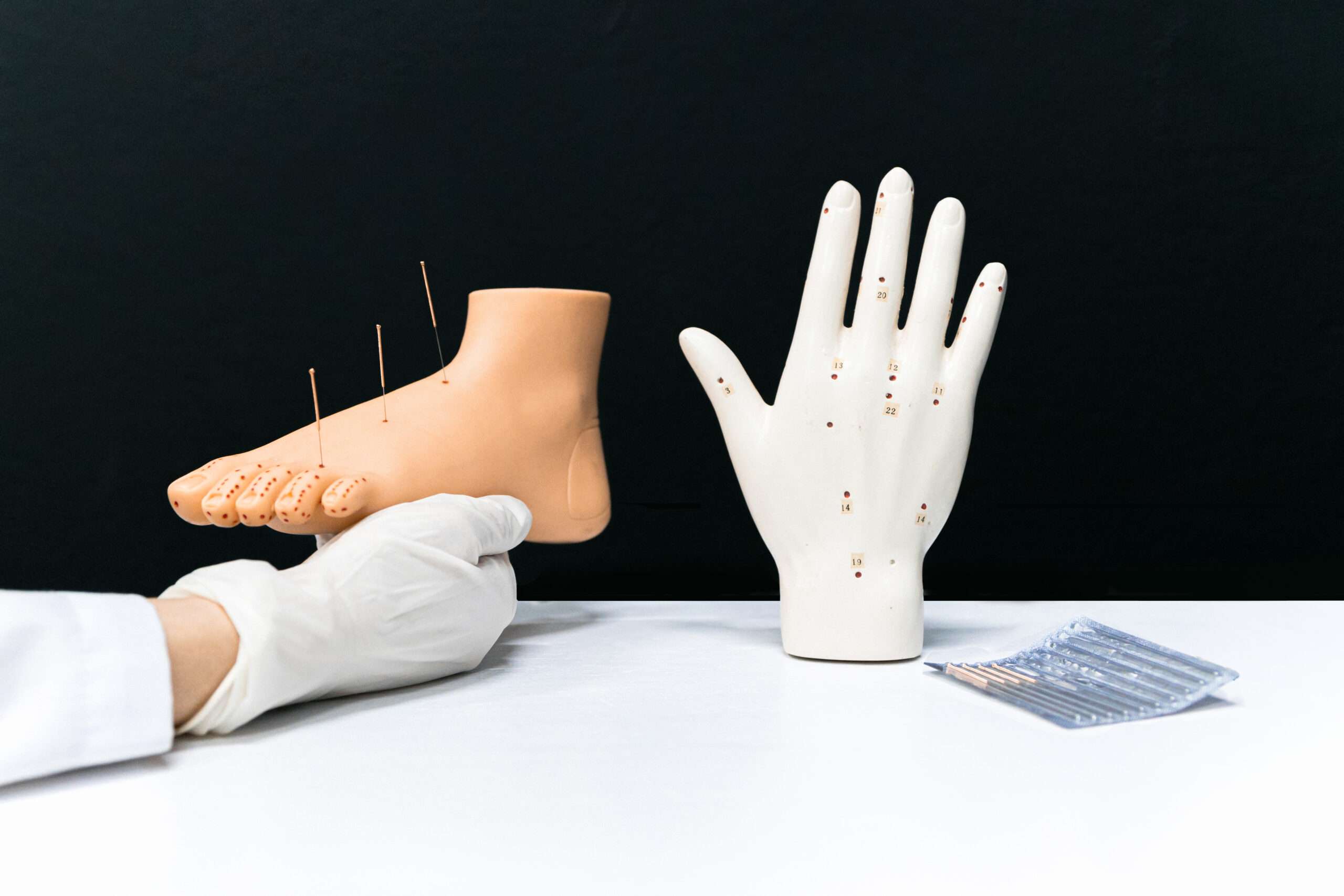Acupuncture: Complementing Conventional Medicine for Enhanced Healing
[disclosure]
Introduction to Acupuncture and Its Healing Benefits
Acupuncture, a cornerstone of traditional Chinese medicine, has been used for centuries to promote healing and overall wellness. In recent years, it has gained traction as a complementary therapy to conventional medicine. In this blog post, we’ll explore how acupuncture can enhance the healing process in conjunction with conventional treatments.
Acupuncture is an ancient healing practice that involves inserting thin needles into specific points on the body to stimulate energy flow, or Qi. This technique is believed to help balance the body’s energy, reduce inflammation, alleviate pain, and promote overall health and well-being.
Principles of Traditional Chinese Medicine and Acupuncture’s Role
Traditional Chinese medicine (TCM) is based on the belief that a balanced and harmonious flow of Qi is essential for optimal health. When there’s an imbalance, health issues may arise. Acupuncture is a TCM technique that aims to restore balance, enhance the body’s natural healing abilities, and promote overall wellness.
How Acupuncture Complements Conventional Medicine
Acupuncture can be an effective complementary therapy in treating various health conditions, including pain, anxiety, and digestive issues. Here are some ways it complements conventional medicine:
1. Pain Relief
Acupuncture has been shown to provide relief for various types of pain, such as lower back pain, neck pain, and headaches. When used alongside conventional treatments like medications and physical therapy, acupuncture can help improve pain management and reduce the need for painkillers.
2. Anxiety and Stress Reduction
Acupuncture can help alleviate anxiety and stress by promoting relaxation and balancing the body’s energy. This can enhance the effectiveness of conventional therapies, such as counseling and medication.
3. Digestive Issues
Acupuncture can help improve digestion and reduce symptoms associated with gastrointestinal disorders like irritable bowel syndrome (IBS) and inflammatory bowel disease (IBD). When combined with conventional treatments, acupuncture may lead to better symptom management and overall digestive health.
Case Studies and Testimonials
Numerous individuals have successfully used acupuncture as a complement to conventional medicine to improve their health and well-being. Here are a few examples:
Jane, a 35-year-old woman with chronic lower back pain, experienced significant pain relief after adding acupuncture to her treatment plan, which included physical therapy and medication.

Ryutaro Tsukata at Pexels
Mark, a 45-year-old man suffering from anxiety, found that incorporating acupuncture into his treatment plan helped reduce his anxiety levels and enhanced the effects of his counseling sessions.
Susan, a 50-year-old woman with IBS, noticed an improvement in her digestive symptoms after combining acupuncture with her conventional IBS treatments.
Potential Risks and Side Effects of Acupuncture
While acupuncture is generally considered safe, there are some potential risks and side effects to be aware of:
- Infection: Ensure that your acupuncturist uses sterile, single-use needles to minimize the risk of infection.
- Minor bleeding or bruising: Some patients may experience slight bleeding or bruising at the needle insertion sites.
- Dizziness or fainting: These reactions are rare but can occur, especially in individuals who are sensitive to needles.
- Organ injury: In extremely rare cases, improper needle placement can lead to organ injury.
Compared to conventional medicine, acupuncture typically has fewer and less severe side effects, making it an attractive complementary therapy for many people.
Resources for Finding an Acupuncturist and Learning More
If you’re interested in trying acupuncture or learning more about this ancient healing practice, consider the following resources:
The National Certification Commission for Acupuncture and Oriental Medicine (NCCAOM) offers a directory of certified acupuncturists.
The American Association of Acupuncture and Oriental Medicine (AAAOM) provides educational resources and professional support for acupuncturists.
Your healthcare provider can likely recommend a qualified acupuncturist in your area or help you determine if acupuncture is an appropriate complementary therapy for your specific health needs.
Conclusion: The Benefits of Combining Acupuncture and Conventional Medicine
Acupuncture can be a valuable complementary therapy for enhancing the healing process when used alongside conventional medicine. By promoting relaxation, reducing pain, and improving overall wellness, acupuncture has the potential to improve your health and well-being. If you’re interested in exploring acupuncture as a complementary therapy, consult with your healthcare provider.
If you liked this, try the following related posts:
The Top 3 Benefits of Acupuncture
From Stressed to Blessed: A Guide to Managing Stress in the Modern World
FAQs about Acupuncture and Conventional Medicine
Q: Is acupuncture safe?
A: Acupuncture is generally considered safe when performed by a licensed and experienced practitioner using sterile, single-use needles.
Q: How long does an acupuncture session typically last?
A: Acupuncture sessions can vary in length but generally last between 30 and 60 minutes.
Q: How many acupuncture sessions will I need to see results?
A: The number of sessions required varies depending on the individual and their specific health condition. Some people experience relief after just one session, while others may need multiple treatments to achieve desired results.
Q: Will my insurance cover acupuncture treatments?
A: Coverage for acupuncture varies among insurance providers. It’s essential to check with your insurance company to determine if your plan covers acupuncture treatments.
Q: Can acupuncture help with weight loss or smoking cessation?
A: Acupuncture may support weight loss and smoking cessation efforts by helping to reduce cravings and stress. However, it should be used in conjunction with other evidence-based strategies, such as a healthy diet, exercise, and behavioral therapy.










